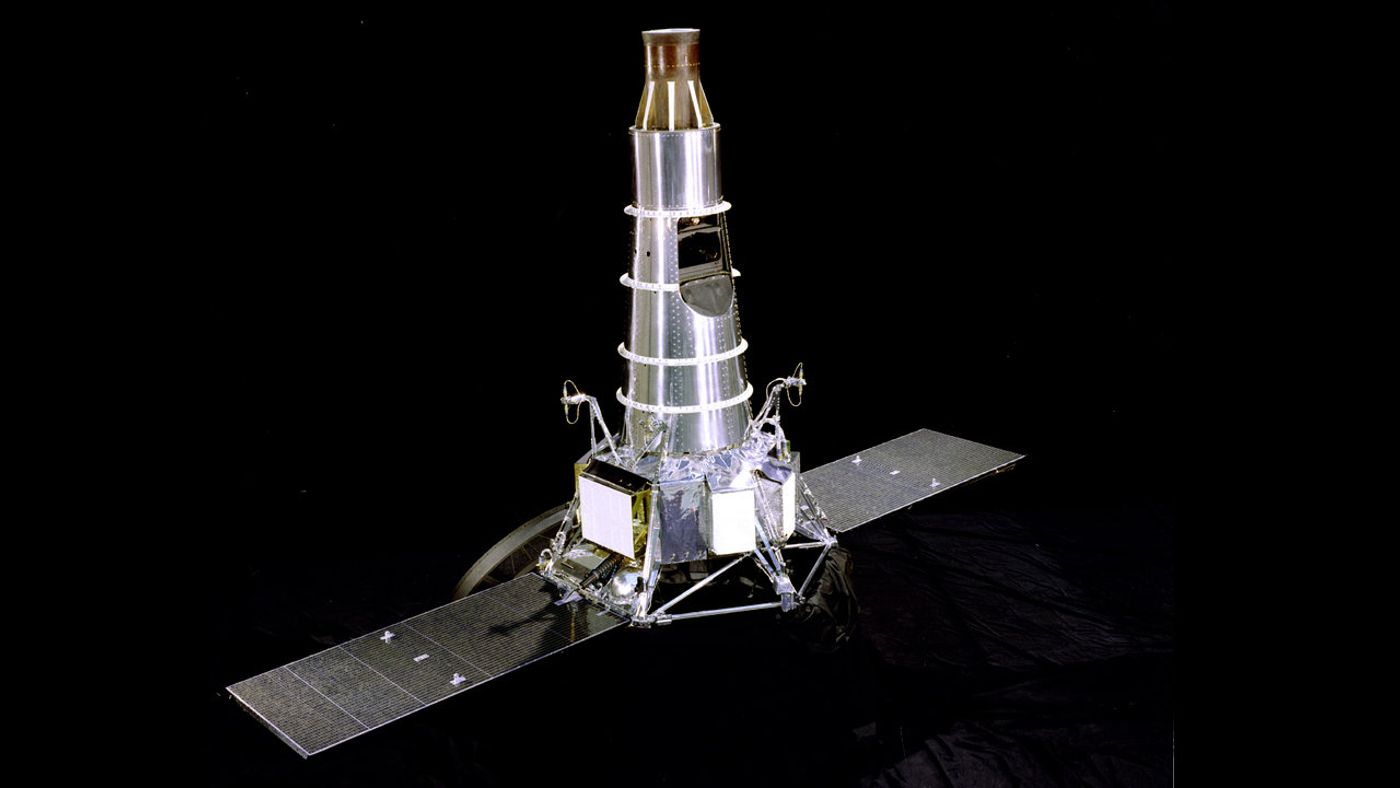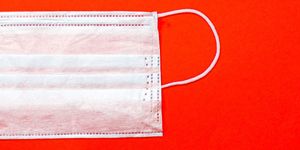Looking Back in Space: NASA's Ranger Program
This series will explore historic space missions from the start of the Space Age to the present day, including both crewed and robotic missions. Here we will investigate the scientific rationale behind each mission and, most importantly, what we learned from these early missions and how they helped shape future missions that will launch to the Moon and Mars within the coming years.
Previously, we looked at NASA’s Pioneer Program, which was the first program run by NASA that began only one month after the agency was officially founded in July 1958. This program helped set the stage for outer space exploration while teaching us new scientific and engineering techniques along the way, and in turn helped pave the way for the hundreds of NASA programs to come.
In the preceding few years leading up to Neil Armstrong’s historic first step on the Moon in July 1969, our scientific knowledge of our nearest celestial neighbor was scant. We didn’t know much about the Moon geologically, let alone if we could actually land on its surface. Enter NASA’s Ranger Program, which operated from 1961 to 1965 and whose purpose was to teach us more about the Moon while allowing us to gain knowledge on spacecraft communication and navigation. Since we still weren’t sure whether we could land on the Moon’s surface, all of the Ranger spacecraft were designed to literally crash into the surface while collecting data and sending back images to help us better understand the Moon’s geology and terrain.
Much like its predecessor program, Pioneer, the first few Rangers missions were met with a myriad of problems and failures, with the first six missions (Ranger 1 through 6) experiencing everything from rocket engine failures to missing the Moon completely to camera malfunctions. Like Pioneer, the smart people at NASA learned from every failure and mistake, resulting in Ranger 7 through 9 having complete successes in all of their respective missions.
Ranger 7 was the first complete success of the Ranger Program, becoming a key turning point in our race to beat the Russians to the Moon. While en route to its crash landing on the Moon, Ranger 7 sent back 4,316 stunning images of our satellite which helped to locate several potentially safe landing sites for the Apollo astronauts in the next few years. Scientists on the ground concluding that the mare regions of the Moon were the safest to land due to their relative smoothness.
Building off the lauded success of Ranger 7, the Ranger 8 spacecraft sent back more than 7,000 images of the lunar surface, ultimately crashing about 15 miles (24 kilometers) from the Sea of Tranquility where Neil Armstrong would take his historic first step on the Moon only a few years later.
The last mission of the Ranger Program was Ranger 9, which while sending back less images than Ranger 8 at 5,814, it was decided to point the camera in the direction of travel which provided stunning shots as it rapidly approached the lunar surface. These images were later converted for live viewing on commercial TV, providing the pubic a chance to see the Moon as never seen before. Unlike Ranger 7 and 8, who each had the goal of searching for potential Apollo landing sites, Ranger 9 was more of a science mission. Its target was the crater Alphonsus, which was chosen due to it being a possible site for recent volcanic activity.
NASA’s Ranger Program continued to push the envelope for what we can achieve for both science and engineering, as it helped pave the way for the upcoming Apollo missions to the Moon along with teaching us more about the geological marvel that makes up our nearest celestial neighbor. The many failures experienced during the first Ranger missions gave us the tools we needed that helped us eventually beat the Russians to the Moon, and it is these experiences that will make the upcoming Artemis missions that much more successful.
Sources: Labroots, NASA JPL, NASA, NASA, NASA
As always, keep doing science & keep looking up!









